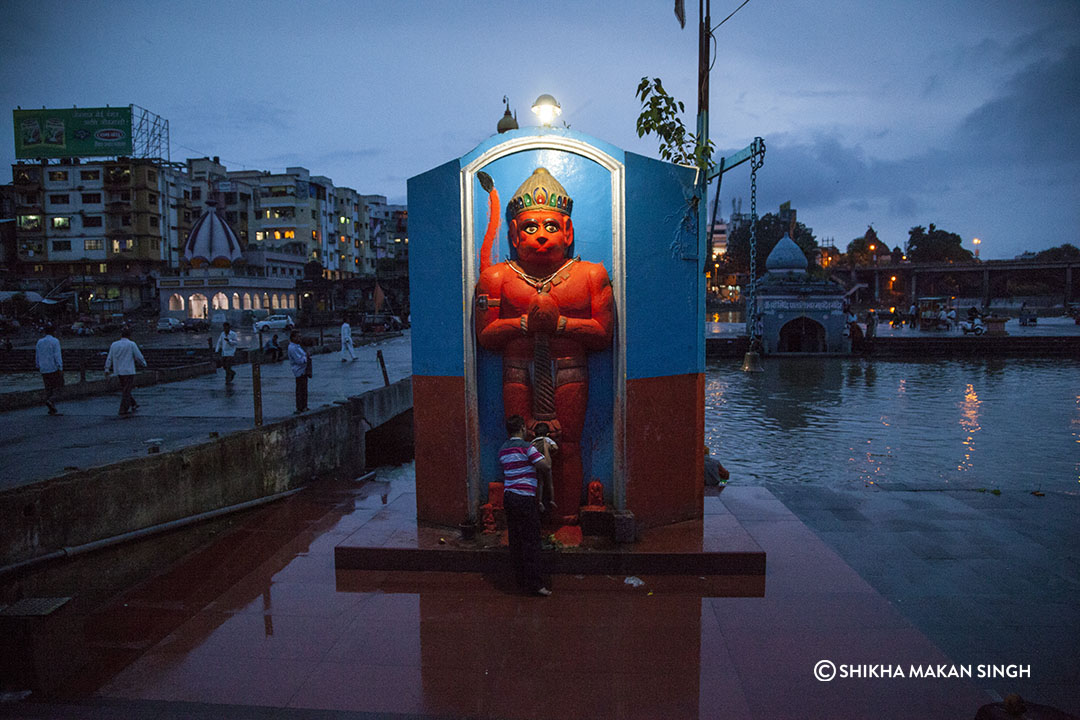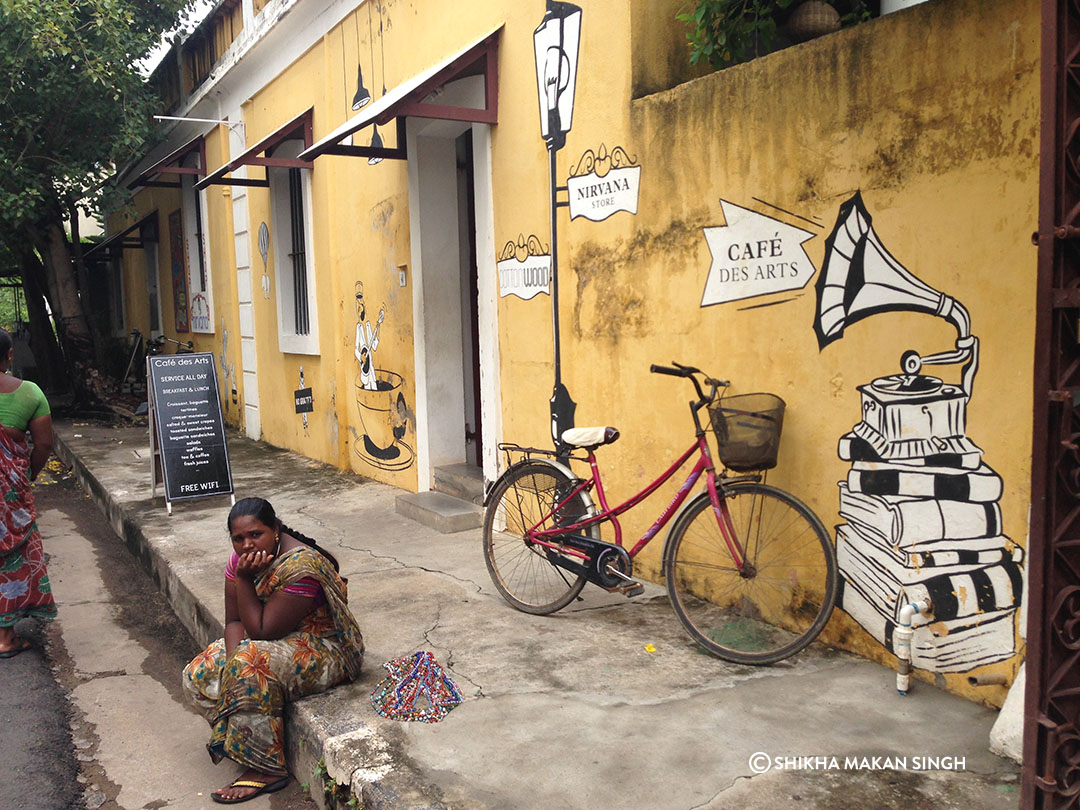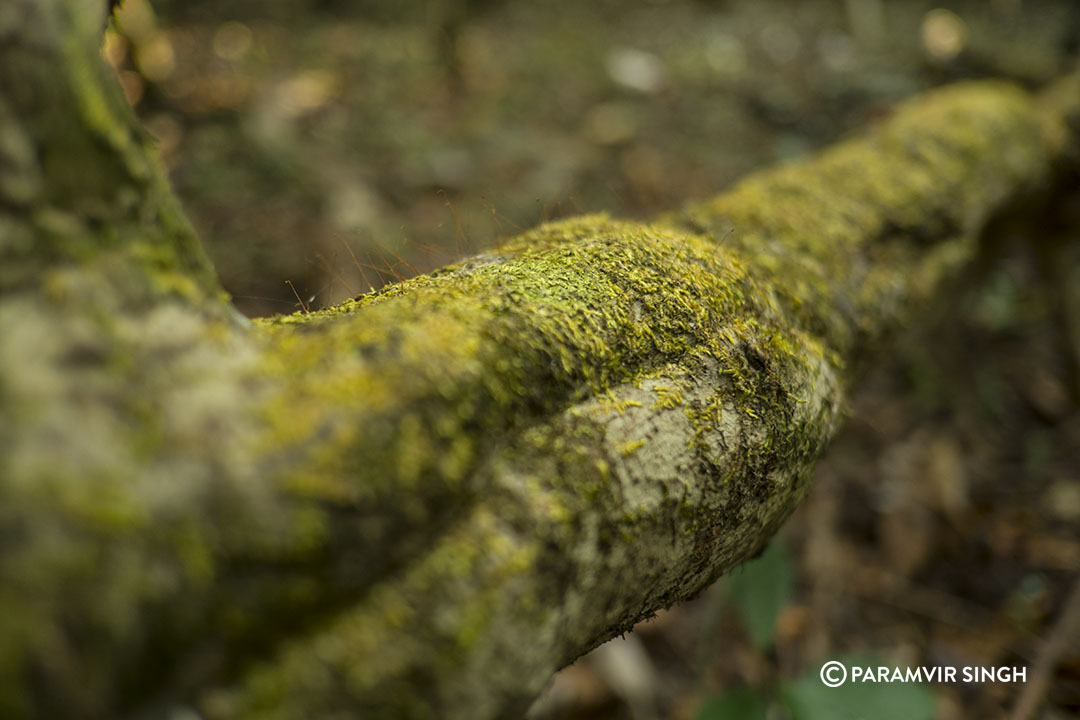Nashik is often called Dakshin Kashi, and is one of the holiest cities for Hindus. It has plenty of such attractions, so a visit to this beautiful city must include the following:
Trimbakeshwar Temple : Situated 30km west of Nashik, it contains one of the twelve Jyotirlingas, making it one of the holiest temples in India. The nearby Brahmagiri Hill is from where the holy river Godavari starts.
Sundanarayan Temple : On the elevated west bank of Godavari, this ancient temple has ancient carvings of Hanuman, Narayana and Indra.
Kumbh Mela : The largest religious gathering of humans in the world, Kumbh Mela comes to Nashik once every 12 years.
Kalaram Mandir : Built in 1782 by Sardar Odhekar of Peshwa, this temple has a black carving of Lord Ram, hence the name. There are plenty of gatherings and festivities during Ramanavami, Dussehra and Chaitra Padwa.
Pandavlene Caves : Around 8km away from Nashik, on the Mumbai – Nashik Highway is a group of 24 rock cut Hinayana Buddhist caves dating from around 1st Century BC. Elaborately carved out of rock, these are a must see. Around the caves is a small nature reserve and worth a walk.
Shree Someshwar Temple, Gangapur : On the way to Gangapur Dam, this temple dedicated to Lord Shiva and Lord Hanuman on the banks of the Godavari, is surrounded with plenty of greenery.
Panchavati : The River Godavari flows through Nashik and its northern part os called Panchayati. Its is said that Lord Rama and Laxman along with Sita stayed at Panchayati for some time, thus making this place extremely important for Hindus. The name comes from the 5 ancient banyan trees here.
Sita Gupha : This cave (gupha) is near the 5 banyan trees and has a narrow staircase leading inside. It is said that Ravana kidnapped Sita from this cave.
Ramkund : The most important place inside Panchvati is called Ramkund and Lord Ram is said to have taken a bath here.
Shri Kapaleshwar Mahadev : With no idol of Nandi in front, this is one of the most peculiar temples dedicated to Lord Shiva. Shravani Somwar and Shivratri are two important festivals here.
Muktidham Temple : Situated near Nashik Station, this temple has 18 chapters of the Gita written on its walls. This temple is considered one amongst the 4 dams.
Shri Saptashrungi Garh : Located ay a distance off 60km from Nashik on top of the Saptshrungi Hills. this ancient fort has a temple inside it and is serviced by a government bus. This is where the Goddess Bhagwati dwells, making it one of the most important religious sites. In front of the temple stands Markandeya Rishi’s Hill. It is said Hanuman carried medicinal herbs from this hill for a wonder Laxman.
Anjaneri : Considered the birth place of Hanuman, this is another important pilgrimage centre.
Dholya Ganapathi : This temple from the times of the Peshwas is located near the Ashoka Stambh in the central part of Nashik. The deity is affectionately called Dholya because of its impressive hugeness.
Navshya Ganpati : Installed by Anandibai during the Peshwas’ time, on the Gangapur Road, make this another important temple destination.
Coin Museum : The Indian Institute of Research in Numismatic Studies was established in Nashik in 1980. Located in the scenic Anjaneri Hills, this is the only of its kind Institute in Asia. The museum has a well documented record of the history of Indian numismatics.
The Gargoti Flint Minerals Museum : Located in Sinnar, some 40 km from Nashik, this is considered one of tehbest museums in the world for Zeolites, having a collection that surpasses that of the Smithsonian Museum. The Zeolites found in the Deccan Trap (a flood basalt quarry or India) are of the best quality in the world.
Pragati Aerospace Museum is also known as HAL aerospace museum. It is situated at Ozar, Nashik District. It showcases the history of HAL in pictorial form. Also some models of air-crafts built by HAL for Indian Air Force are kept in museum.








HI,
Thank you for covering Nashik, a great temple city, in your series. The first time I went to Nashik with my family just after monsoon, it was a great experience especially Ram Kund with water coming from many sides….Trimbakeshwar Temple is best visited in Monsoon season during early morning with the view simply great as mists covers all surrounding mountains with only Temple tower showing up ..it was a great experience too….
Thanks a lot,
aes.
Wow!! There is so much to do in Nashik, had no idea 🙂 Where did you click this picture ?
Thanks Ashish and Charu! And I havent yet written about the vineyards :). This picture was shot at the Panchvati area.
I don’t know when Nashik will happen in my life. 🙁
Such a lot to see there! This is a good detailed post.
Indrani, you must plan a visit sometime. I can suggest a nice little place for stay…
Whoa! That’s a long list..
Wow.So many things to do in Nashik.Thanks for the detailed post.
Cheers,
Sriram & Krithiga
Hi Sriram and Krithiga! You guys must plan a detailed visit to Nahsik…
Wow. Amazing!!! This is a good detailed post.
Haven’t been to Nashik in years and all I remember of the city is the cold pleasant winters and Ram Ghat. Your post is so detailed that I feel I need to make a visit to the town soon and I had definitely not seen even !% of it.